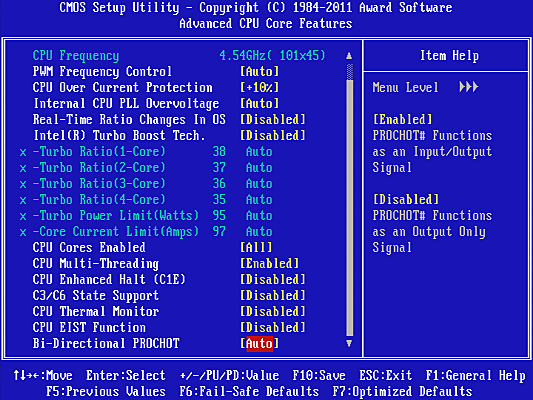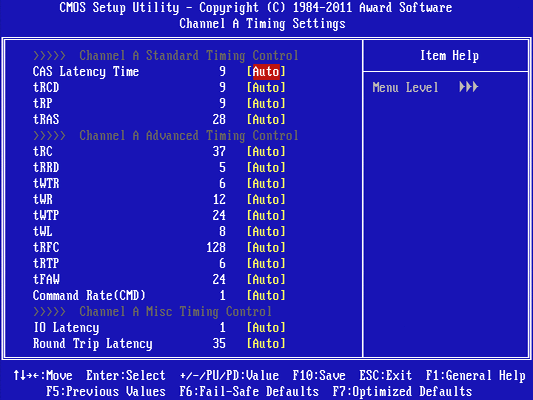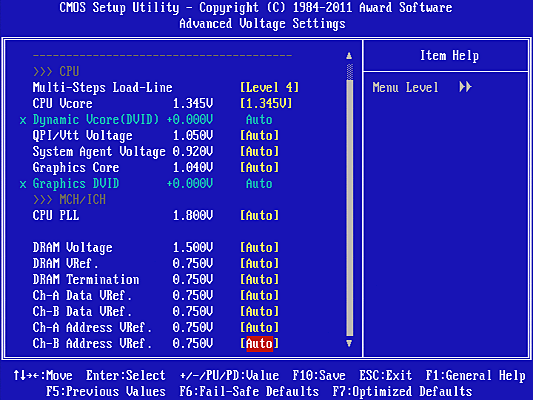Z68 Express Roundup: Three Motherboards Do Battle Around $200
Intel reserved its most feature-rich LGA 1155 platform for (or four?) months past the launch of its Sandy Bridge-based processors, but was it worth the wait? We compare three upper-mainstream Z68 examples to a top-quality P67 predecessor to find out.
Z68X-UD3H BIOS
Gigabyte’s MIT overclocking menu contains several submenus to address the majority of overclocking needs.
The Advanced Frequency submenu is fairly basic, as truly advanced settings have been moved to other submenus. From here, we can select a single Intel Turbo Boost multiplier that will apply no matter how many cores are loaded, along with base clock, memory frequency, and integrated graphics clock.
One level further into the menu structure, Gigabyte’s Advanced CPU page provides current controls, multi-step Intel Turbo Boost, and power management settings. Remember that all overclocking uses Turbo Boost, so that disabling Turbo Boost really only disables its advanced frequency management features. With certain other settings enabled, it acts like a switch (jumping from 16x at idle to 45x active) rather than an accelerator pedal.
An Advanced Memory submenu repeats the memory multiplier. Changing DRAM Timing Selectable from Auto to Quick enables synchronous Timings submenus.
Available memory timings exceed the needs of most tuners, even if they’re a little less diverse than some competing products.
The Z68X-UD3H voltage menu is also moderately diverse, adding DRAM reference and termination voltage to the selection used by the majority of tuners.
Get Tom's Hardware's best news and in-depth reviews, straight to your inbox.
-
Crashman user 18ASrock comes with 4 eSATA cables?KisakukuThe first UEFI screenshots for ASRock and Asus are switched.Fixed, thanks!Reply -
evga_fan ->ThomasReply
"Gigabyte’s Quick Boost application sets our processor at 200, 400, or 700 MHz beyond its rated frequency."
Just so you know. Anyways, keep up the good work!
Cheers -
crisan_tiberiu so, basicaly there is no difference in performance between theese boards as i can see.Reply -
hmm .. was thinking of getting an Asus P8Z68-V Pro .. not so sure now knowing that the other boards offer the same performance and are both cheaper.Reply
-
Olle P One additional feature of the ASRock card that isn't mentioned is its set of holes matching a socket 775 cooler. That feature was the main reason I ordered one of these cards three days ago, since I won't have to spend money on a new CPU cooler.Reply -
crisan_tiberiu Olle POne additional feature of the ASRock card that isn't mentioned is its set of holes matching a socket 775 cooler. That feature was the main reason I ordered one of these cards three days ago, since I won't have to spend money on a new CPU cooler.Reply
ermm thats pro, since i have a socket 775 core 2 duo atm. Any other motherboards out there that suport this?? i would love to know





